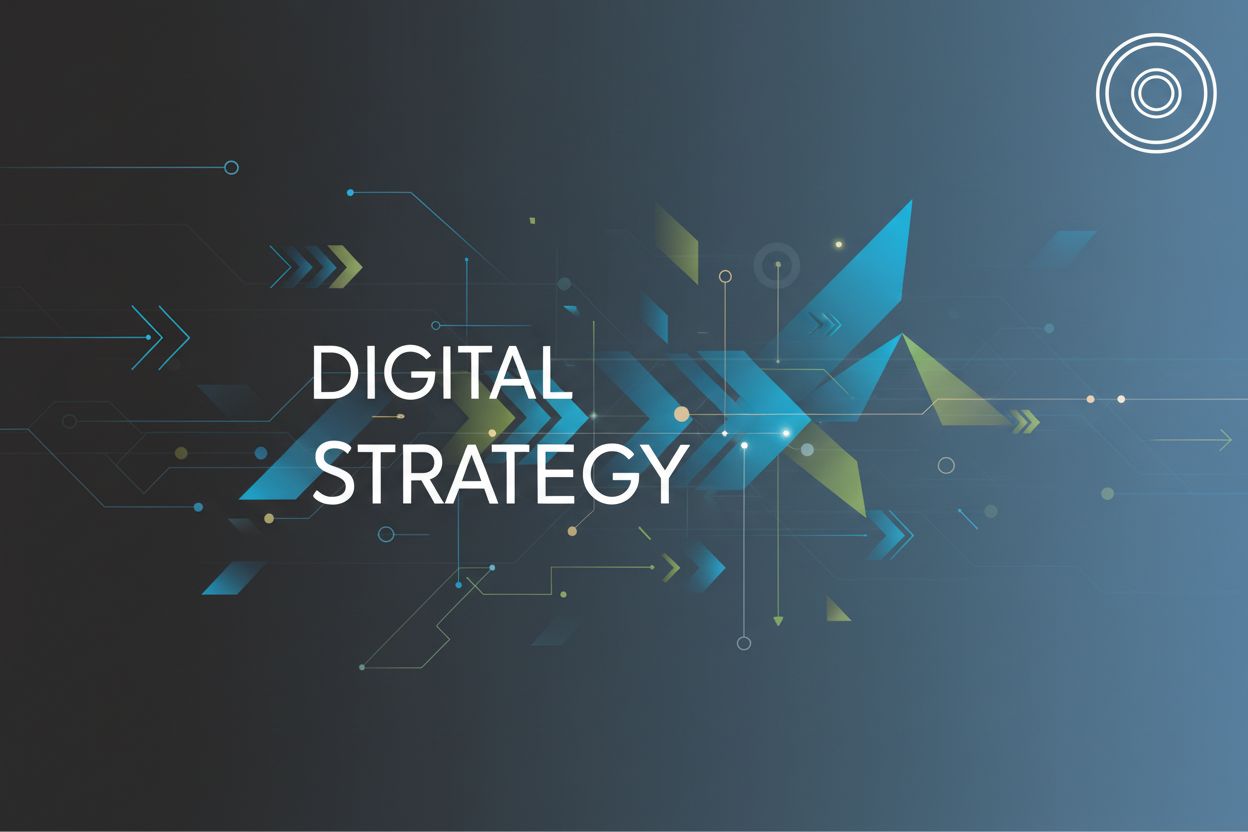Have You Tried Innovative Advertising Techniques? Should You Use Them?
TL;DR
The Evolving Landscape of Advertising: Why Innovation Matters
Okay, so, why does innovation matter in advertising these days? Honestly, it's kinda like asking why you need a map in a new city – you'll get lost without it!
- Grabbing Attention is Harder: Consumers are bombarded with ads everywhere. If you're not doing something new, you're just adding to the noise. It's like trying to be heard at a rock concert, you know?
- Personalization is Expected: People want ads tailored to them. Generic ads? They're just annoying. Think about Spotify's personalized playlists; that's the level we're talking about. Some companies are using ai to hyper-target ads, analyzing vast amounts of data to predict what you're likely to buy next.
- Digital Channels Dominate: TV and print aren't dead, but digital is where the action is. If you're not innovating online, you're missing a huge piece of the pie.
Traditional advertising—think TV spots and print ads—still have a purpose, but it's a shrinking one. It's like using a horse-drawn carriage in the age of sports cars, it can get you there, but it's slow and kinda outdated.
So, what's next? Well, sticking with the old ways just won't cut it anymore. Now that we understand why innovation is crucial, let's explore some of the cutting-edge techniques driving this evolution.
Exploring Innovative Advertising Techniques: A Deep Dive
Did you ever stop to think about how ads seem to know you a little too well these days? It's not just coincidence; it's likely ai-powered personalization at work.
- ai analyzes tons of data – from your browsing history to social media activity – to figure out what makes you tick. It's like having a super-attentive salesperson who really gets you.
- Hyper-targeting ain't just about demographics anymore. ai can predict what you're likely to buy next, which means ads become way more relevant (and effective). Imagine seeing an ad for noise-canceling headphones right before a stressful work trip.
Let's say you've been researching hiking boots online. Traditional advertising might show you generic outdoor gear ads. But, with ai, you might see ads featuring specific brands and models based on your past searches, reviews you've read, and even the terrain you typically hike on. For example, a company like Amazon uses ai to analyze your purchase history and browsing behavior to recommend products you're likely to be interested in, often displaying these recommendations prominently on your homepage or in targeted emails.
- This is where things get really interesting. Dynamic creative optimization (dco) uses ai to tweak ad elements – like headlines, images, and calls-to-action – in real-time.
- The goal? To find the perfect combo that resonates with each individual viewer. It's like running hundreds of a/b tests simultaneously. For instance, a DCO platform might test different images of a car – one showing it in a city, another in a scenic mountain landscape – and serve the version that's most likely to appeal to a specific user based on their location and past online behavior.
A 2024 study found that personalized product recommendations increase conversion rates by up to 25%.
Of course, all this personalization raises questions. Is it creepy? Is it manipulating people? It's important for brands to be transparent about how they're using data and to respect user privacy.
What about jumping into shoppable social media and influencer marketing? We'll investigate that next.
Assessing the Risks and Rewards: Is Innovation Right for Your Brand?
Alright, so you're thinking about shaking things up with some innovative advertising? Cool. But- hold on a sec-- is it really the right move for your brand? It's not always a slam dunk, ya know?
- Strategy, Strategy, Strategy: Don't just jump on the latest trend 'cause everyone else is. You need a plan. Think about it—throwing money at ai-powered ads won't help if your target audience is, say, senior citizens who aren't even online.
- Know Your Crowd: What works for a tech startup might flop hard for a traditional law firm. Do your research to know what your prospects like.
- Wasted Dough & Bad Buzz: Poorly executed innovation? It's a recipe for wasted resources and maybe even some negative pr. Imagine a healthcare company trying to be "cool" with edgy memes, yikes!
Don't get me wrong, there's upside, too.
- Grab and Hold: Innovative ads can seriously boost engagement. Think AR filters that let people try on your products virtually.
- Smart Insights: Data is king (or queen!). New techniques often give you better data to laser-target your ads.
- Stand Out: Innovation can set you apart.
Next up: we're gonna dig into the nitty-gritty of making this work.
Building a Strategic Approach to Innovative Advertising
Alright, let's wrap this up – so, how do you actually do innovative advertising right? It's not just about throwing darts at the wall, ya know? This section synthesizes the key takeaways from the entire piece to help you build a solid strategy.
- Objectives First: Gotta align those shiny new ads with—like—real business goals. For example, if you want to increase brand awareness among Gen z, that's going to look different than if you wanna increase sales.
- Know Your Audience: Who are you actually talking to? Like, really? What are their likes and dislikes? What platforms do they use? Knowing this will make or break your campaign.
- Experimentation is Key: Don't be afraid to A/B test, try wild ideas, and see if something works.
So, yeah, innovation isn't just a buzzword–it's a necessity.




